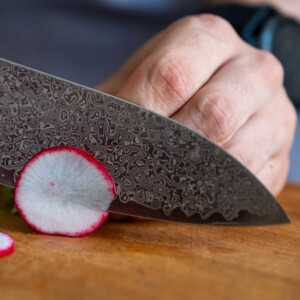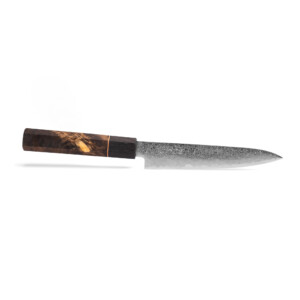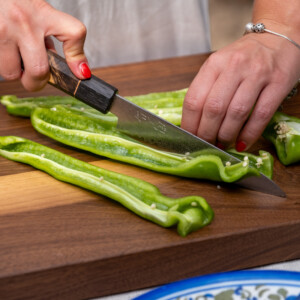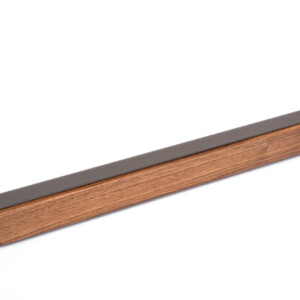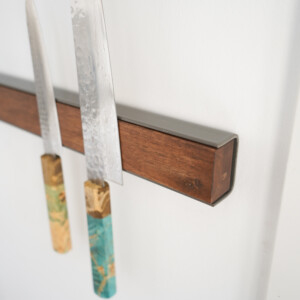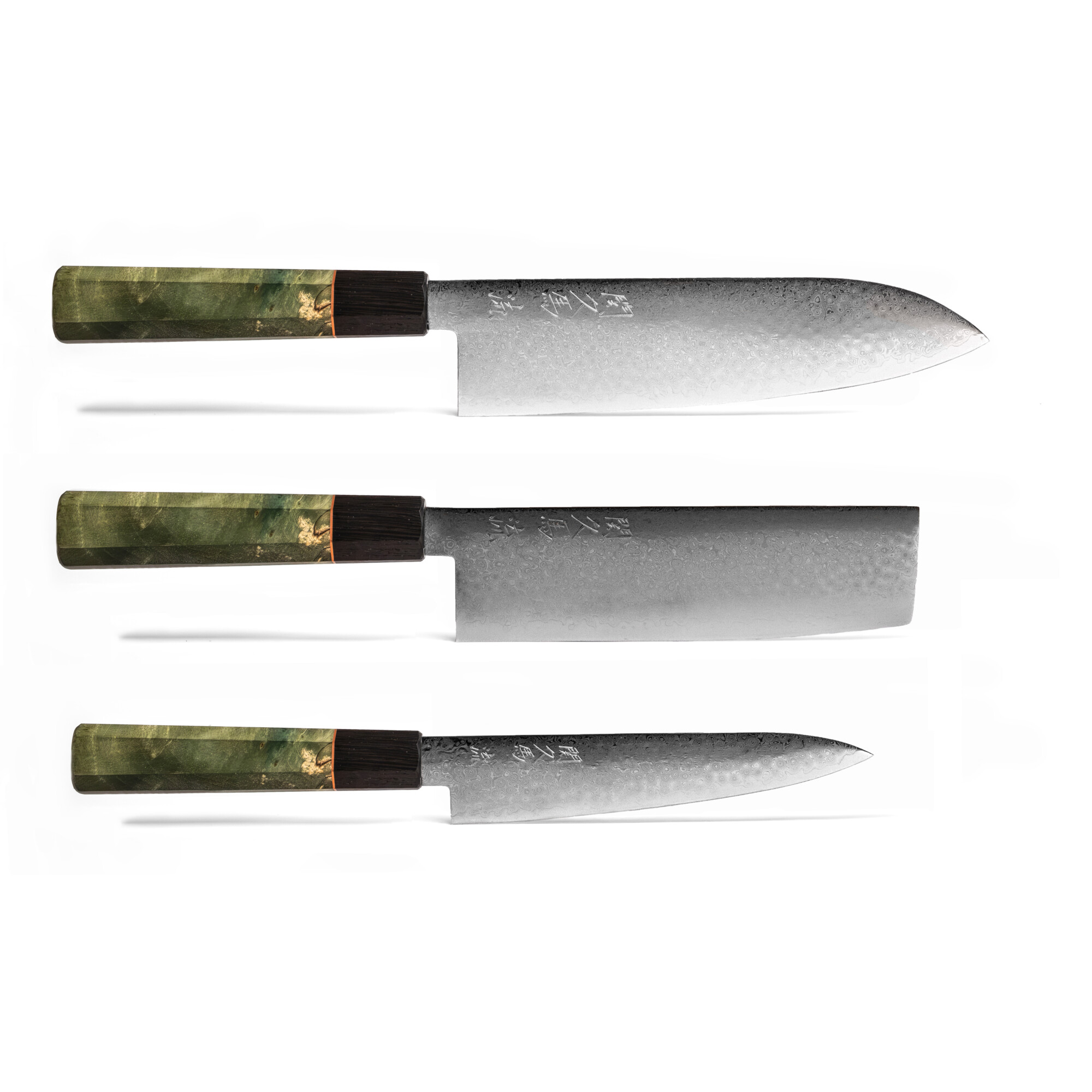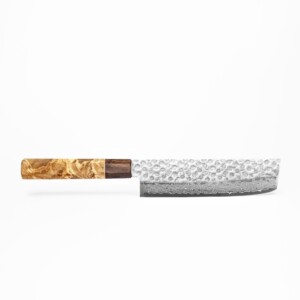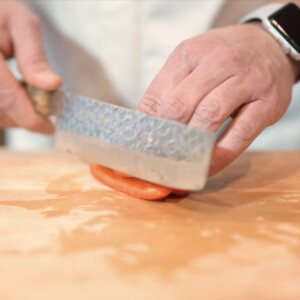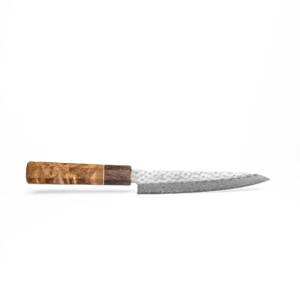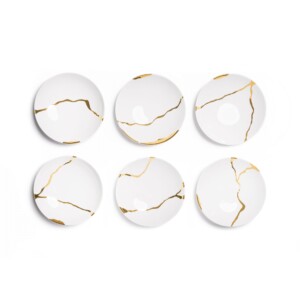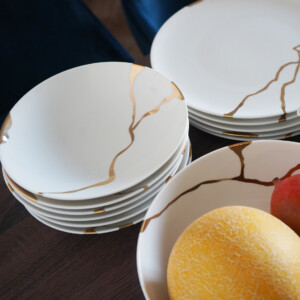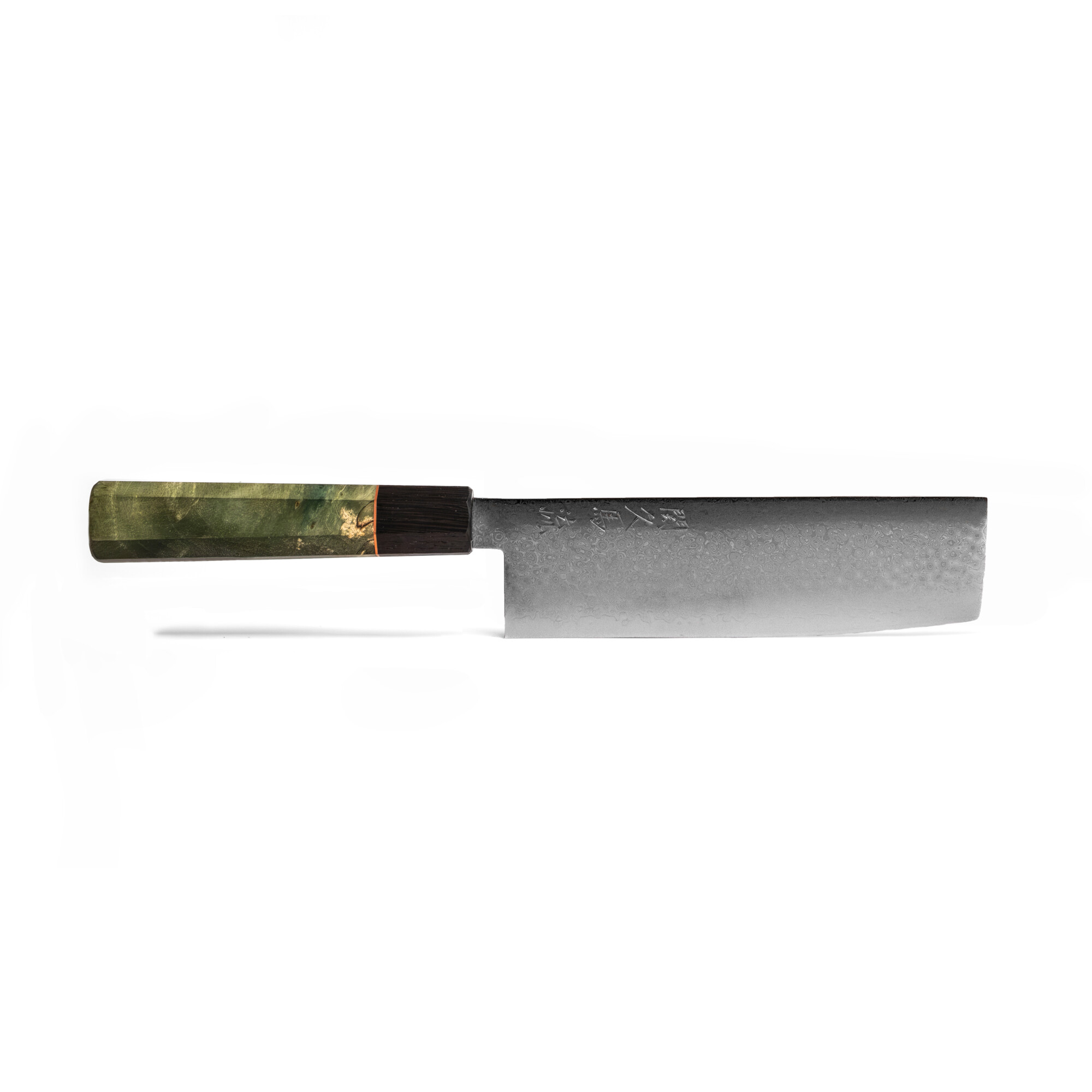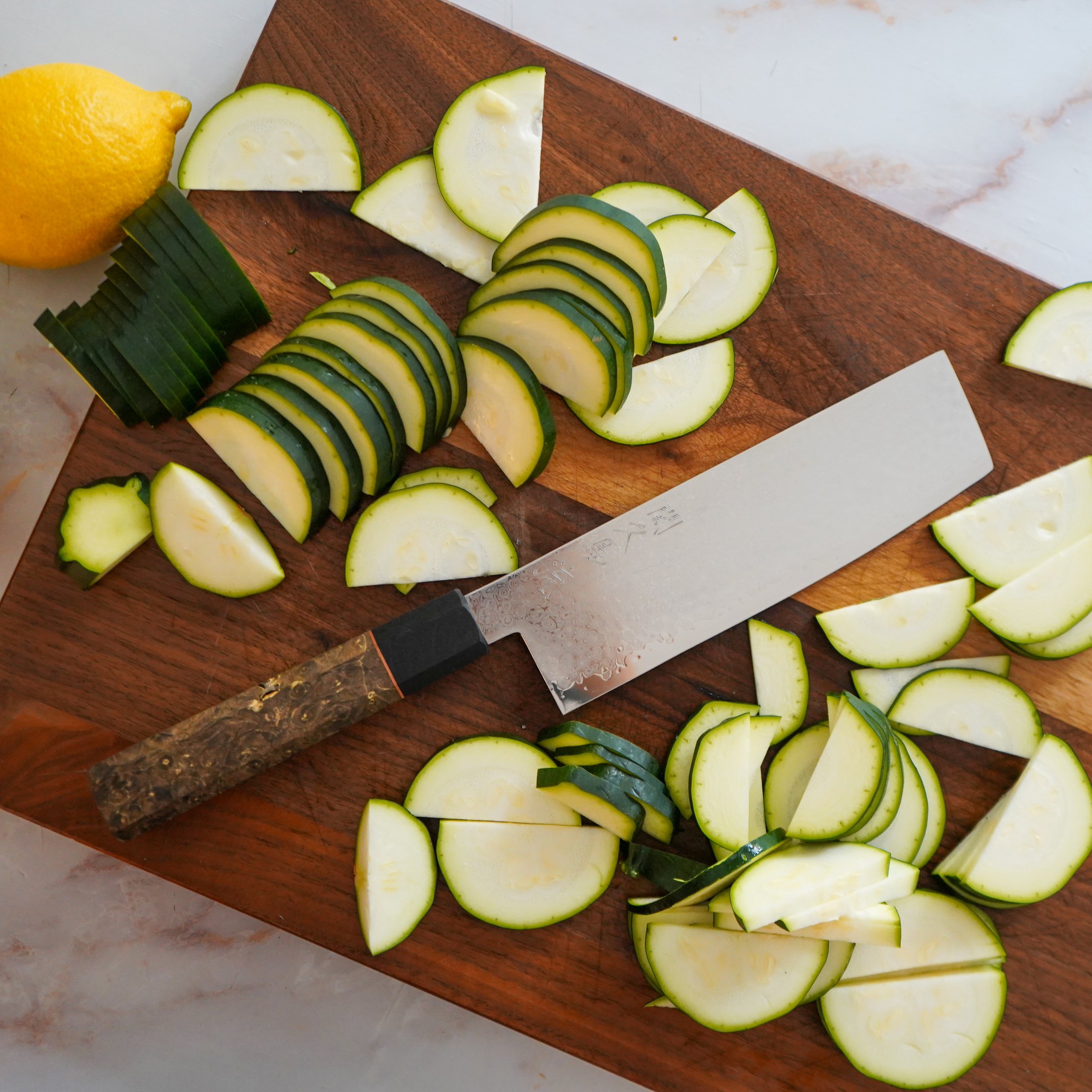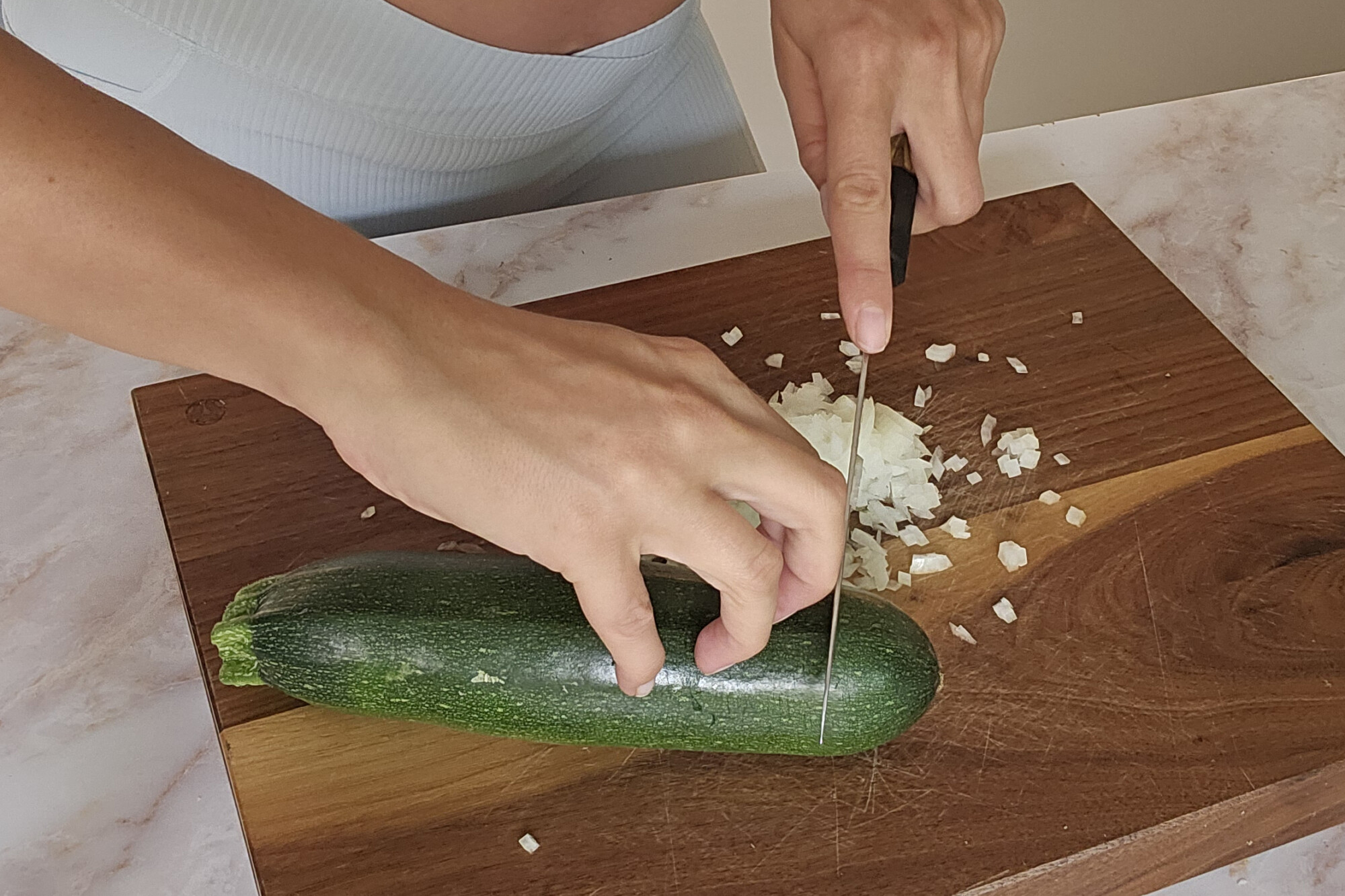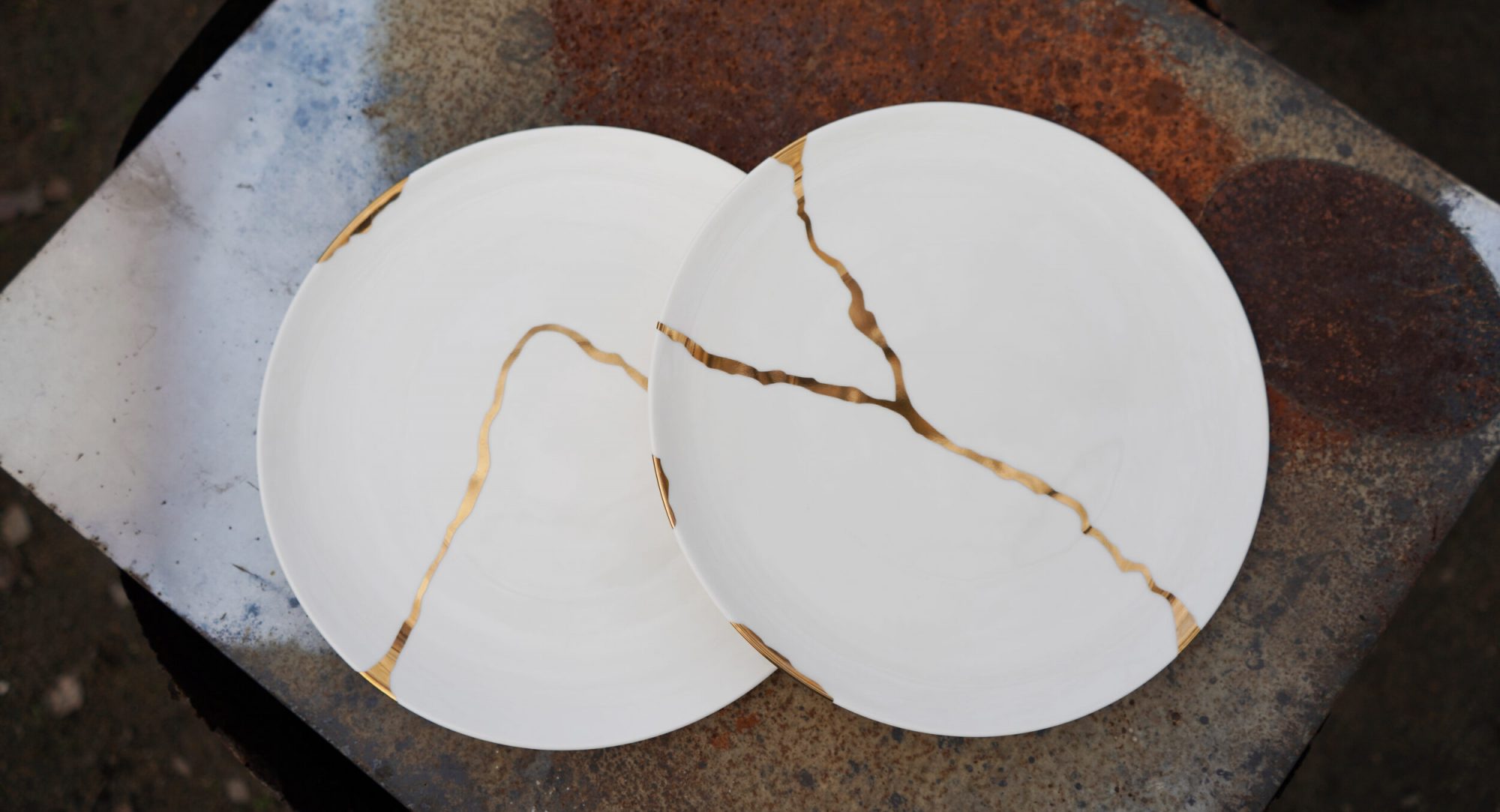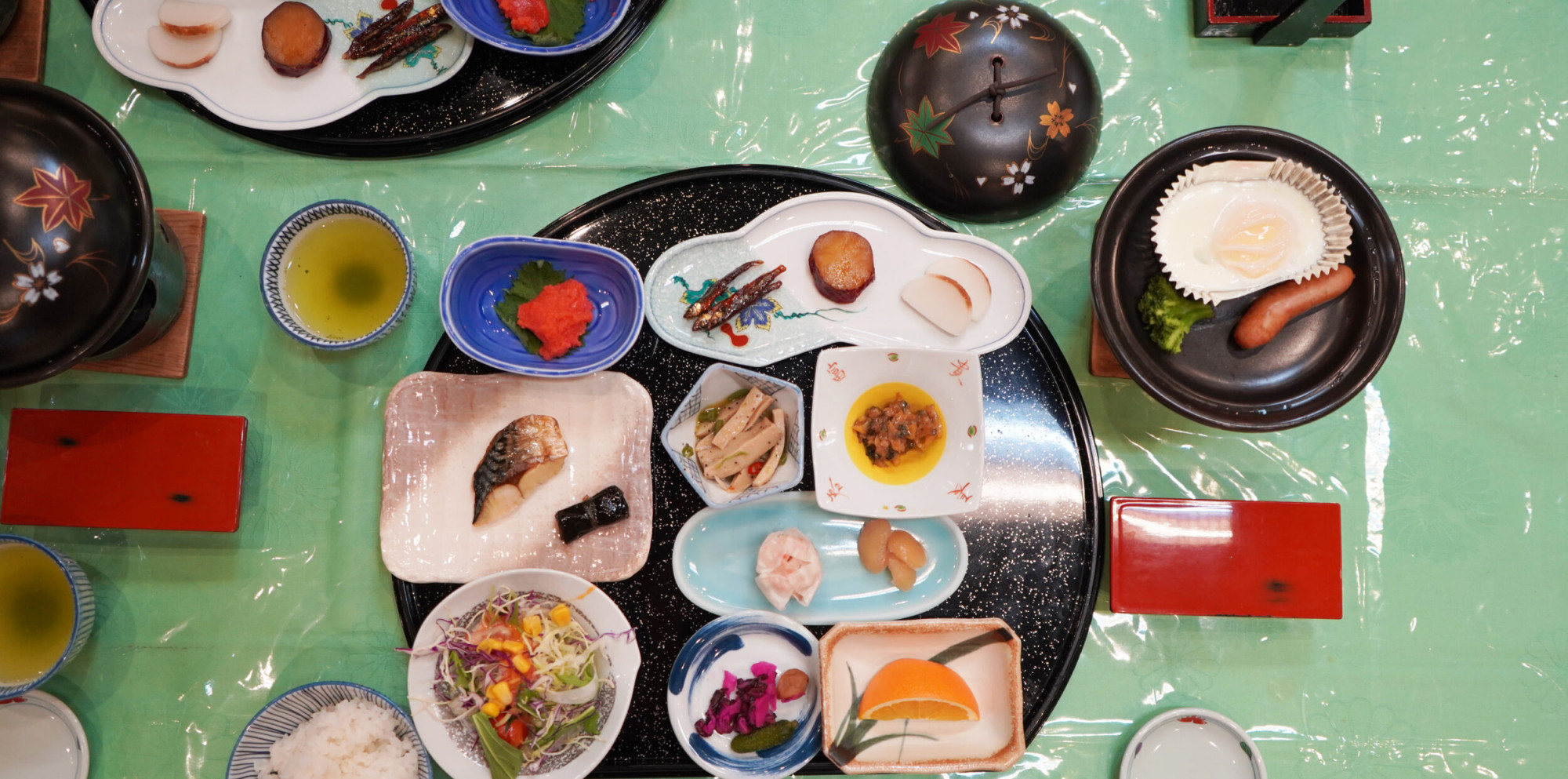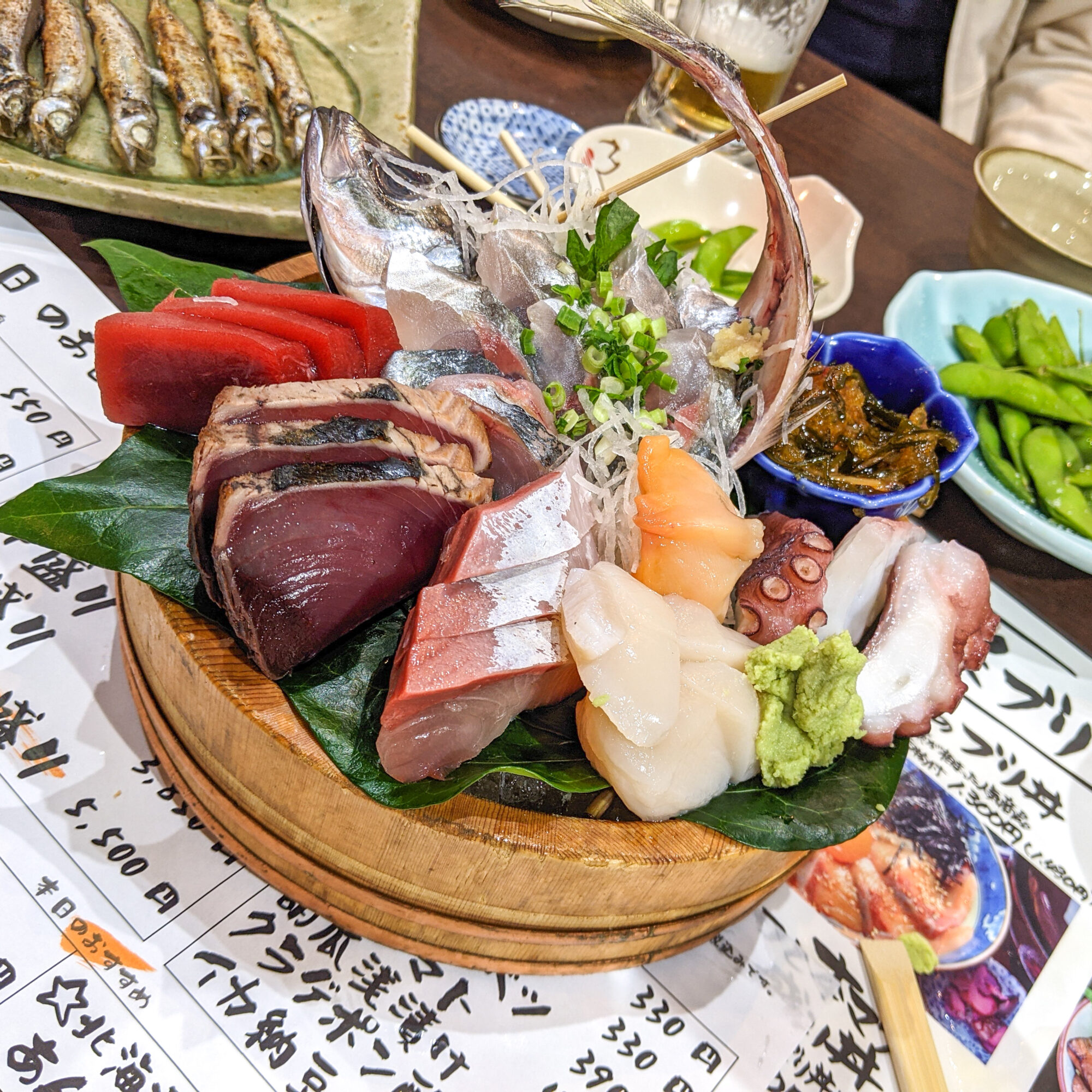Some would say: Don’t teach your grandmother to suck eggs. But before you make any judgement, please understand why Patryk, born and raised in Poland, is on the quest to teach young Japanese generation how to make knives their country is famous for.
Blacksmithing is a dying industry. Japan as a country is ageing fast. There are less and less young people thinking of making career in craftsmanship, and old masters do not want or can pass their skills to willing apprentices.
It’s 2015 and on the other side of the globe, in Polish town Reda, Patryk, a self-taught blacksmith has an idea: he will try to revive his industry by using power of technology. On his YouTube channel he publishes vlogs, both in Japanese and Polish showing all that he has learned so far, passing the knowledge along. He is not trying to imitate Japanese perfection for his own good. He just shares his greatest passion.
A gift for dad
Patryk became fascinated with Japanese culture and their art of blacksmithing when he was just a kid. He once came across a TV program treating on Japanese katanas. At that moment he decided that one day he will make his own. Over the years he became more and more obsessed with this noble craftsmanship. Finally, at the age of 16 he decided to make a viking’s knife for his father.
His passion, however, was for Japan and their katanas, so he chose to specialise in the knives – the ones Japanese chefs and foodies use in the kitchen. Kitchen knives evolved from katanas and they are crafted in almost the same way. The times of katanas may be gone, but methods and technique of blacksmithing remained the same.
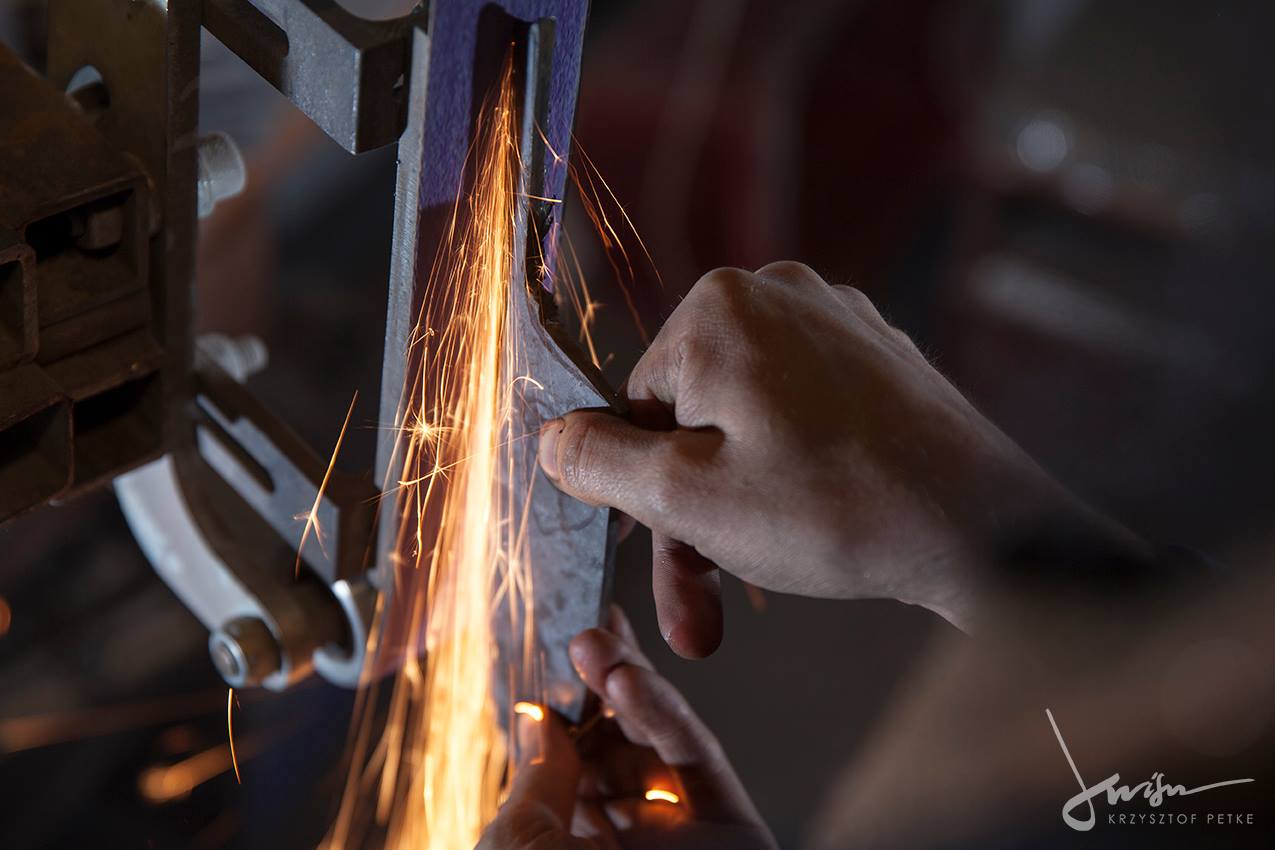
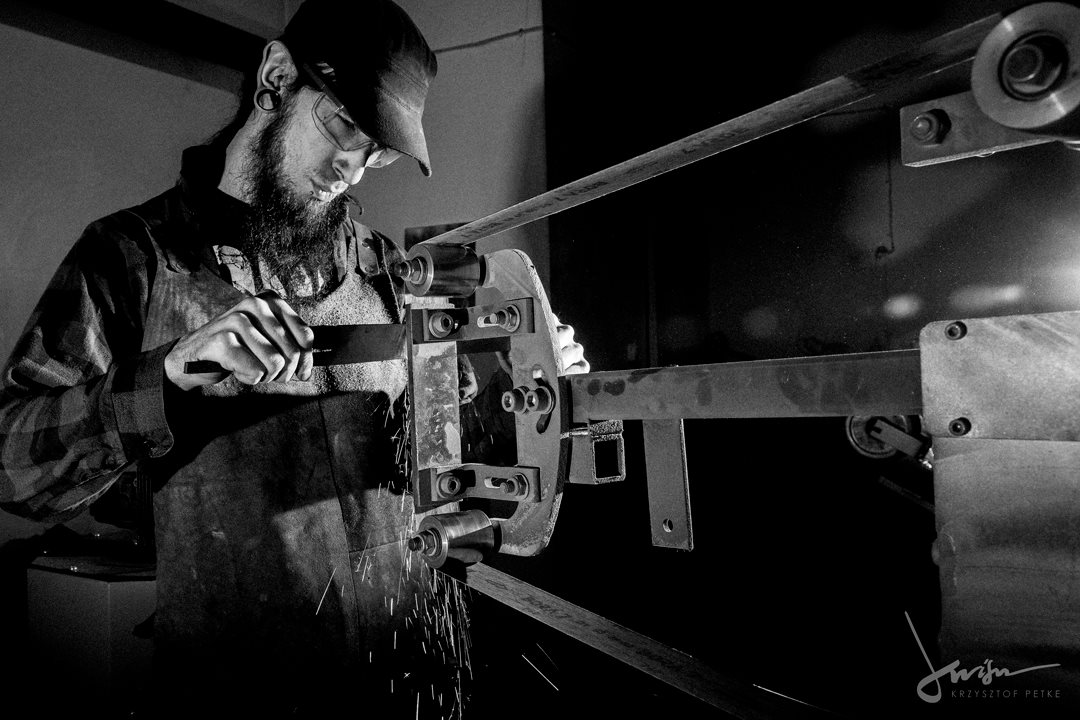
After the first knife for his dad, there was the second one, and then some more for his friends and family. At that point Patryk understood that blacksmithing could be his full-time job. Kaminari Knives was born.
In the meantime he was practicing Japanese language under the supervision of his Japanese friend, hoping that one day he will go to Japan to study the art of blacksmithing under the watchful eye of a Japanese blade master.
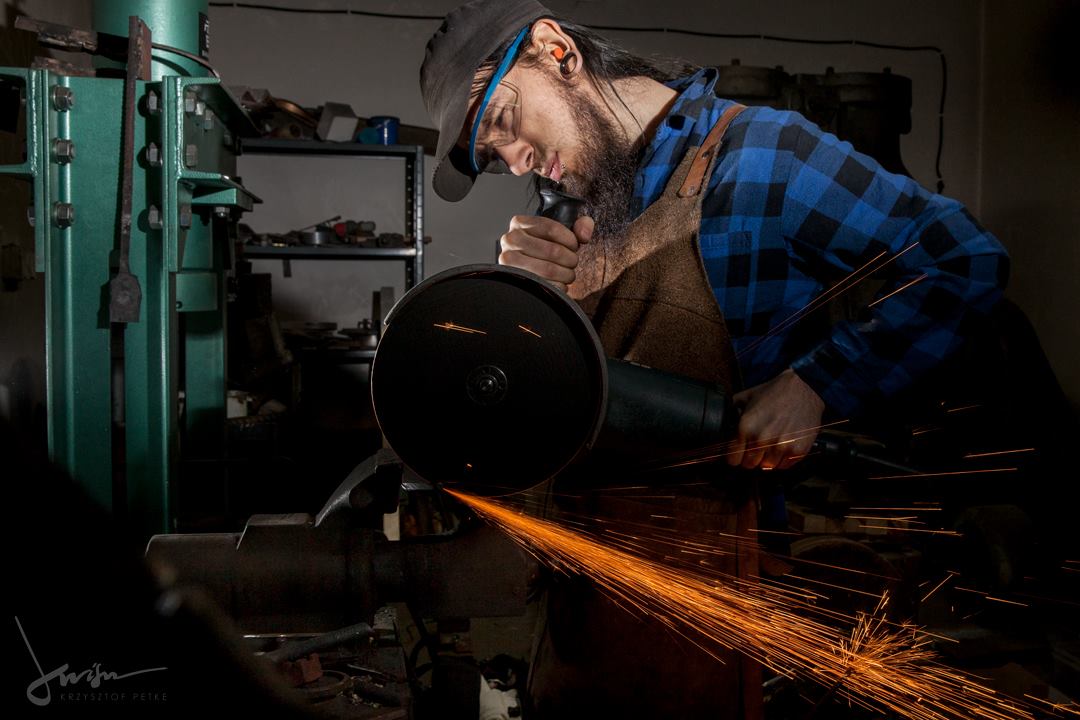
It’s a long way to the top
Patryk’s beginnings as a craftsman were not easy. Resources needed for collecting blacksmithing equipment are substantial and Patryk could not afford to buy all of it. He worked two jobs to put the money down for building workshop. It was his biggest dream: to set up a real workshop. His own. He managed to build it in the spring two years ago.
In the beginning, he was working in a badly isolated tin hut. If you’ve never been in Poland during winter, you need to know that in some areas of the country temperatures drop to -35°C.
Patryk neither had professional tools. He was collecting parts and materials at the scrap yard. He built a hammer, a hardening electric furnace and gas furnace for forging. With his hammer and provisional anvil he was crafting reinforcing bars just to get the feeling of treating the metal. He was heating and then hammering it, repeating this two step process over and over again. That was the young blacksmith’s first concept of blacksmithing.
Today Patryk says that the old times feel to him like it was a child’s play. Learning the art of blacksmithing requires a lot of trial and error, losing nerves and of course – costly materials.
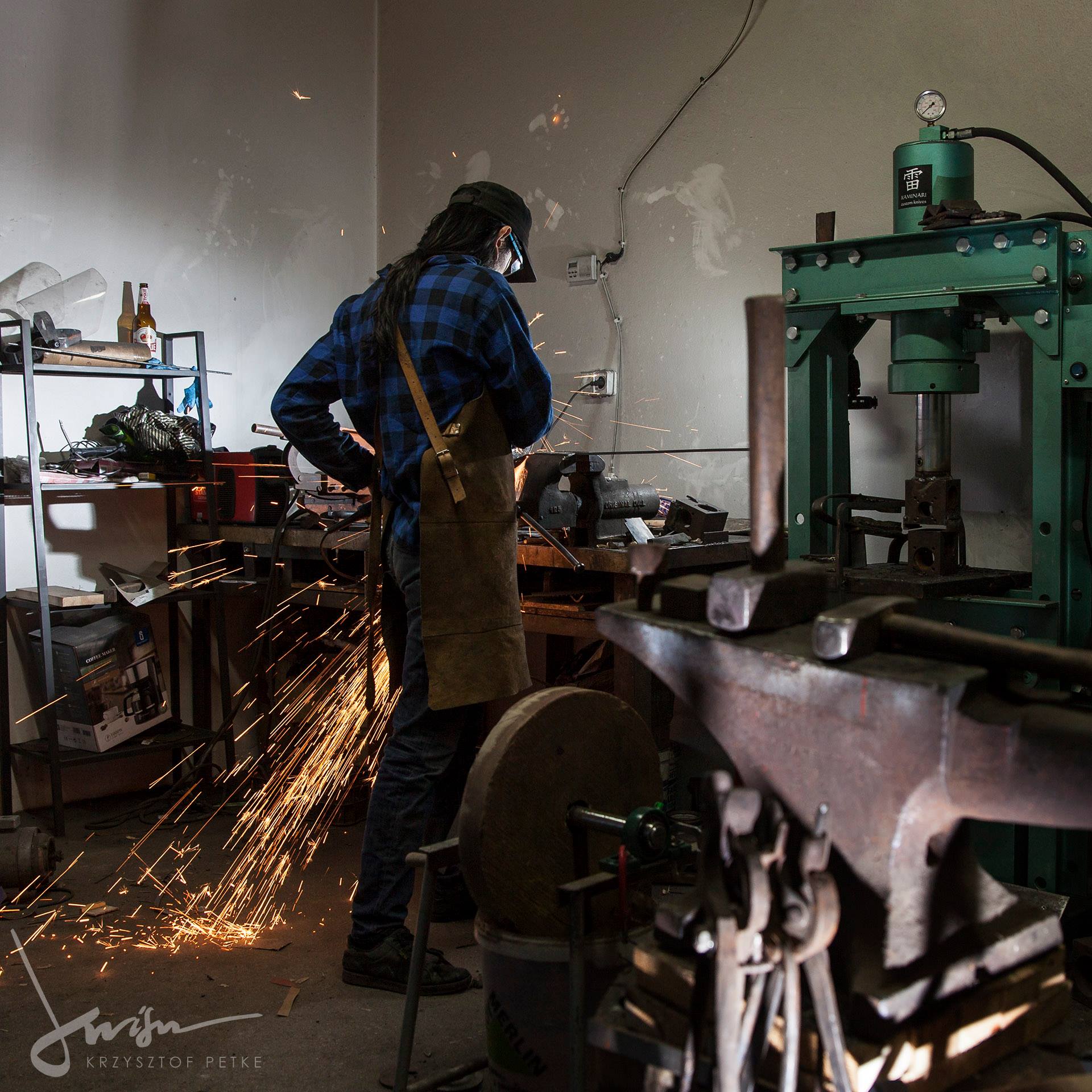
Harnessing high carbon
Until recently, all of the Kaminari Knives were made from high carbon steel – a material easy to get but hard to maintain. Despite that, it’s widely used in professional chef knives as high carbon knives are known for their incredible sharpness and edge retention. The best Japanese knives are hammered from high carbon steel.
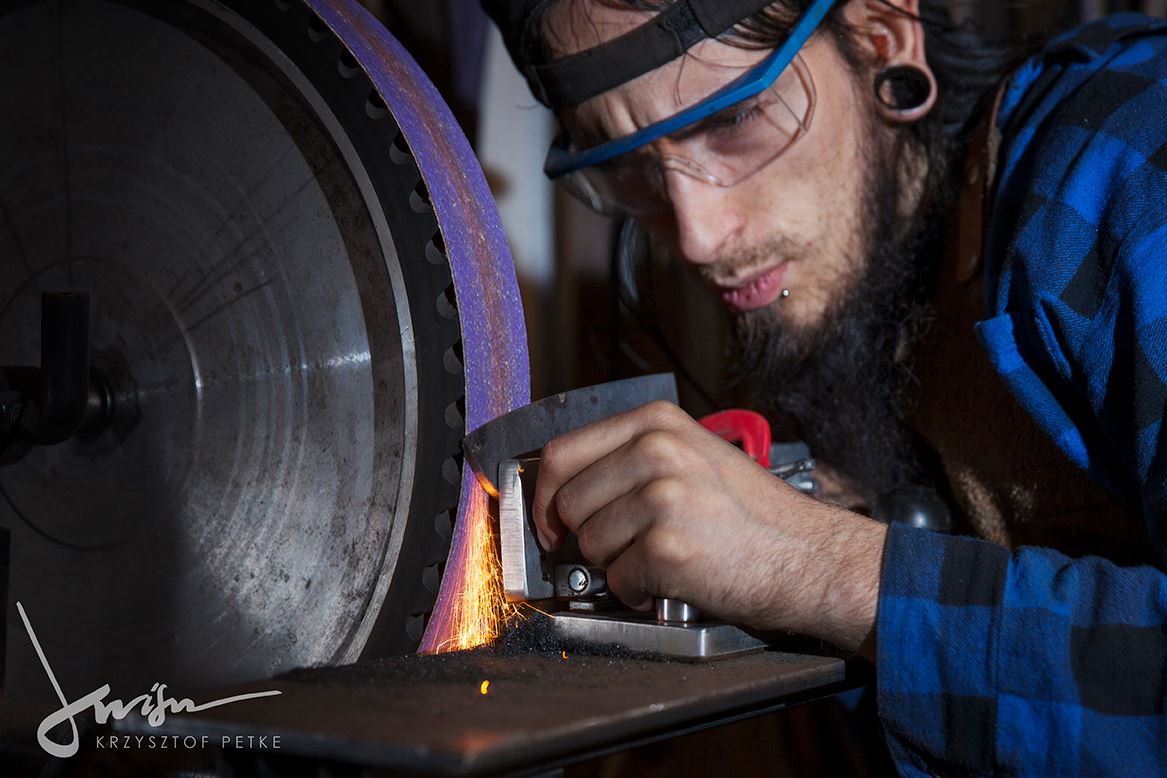

When master notices you
Nowadays Kaminari’s knives are used by many professional chefs around the world. It not surprising that even the world Sushi Master, Alon Than, is using Patryk’s knives. The fact that Alon won the title when using Kaminari knives only proves that with a strong will, hard work, passion and the Internet, you can teach yourself almost anything.
…and for these reasons and many many more, we @Oishya are really happy to be starting collaboration with Kaminari Knives 🙂 More details to follow.

Like this story? Follow us on Facebook or Instagram to know about our progress of this collaboration.











